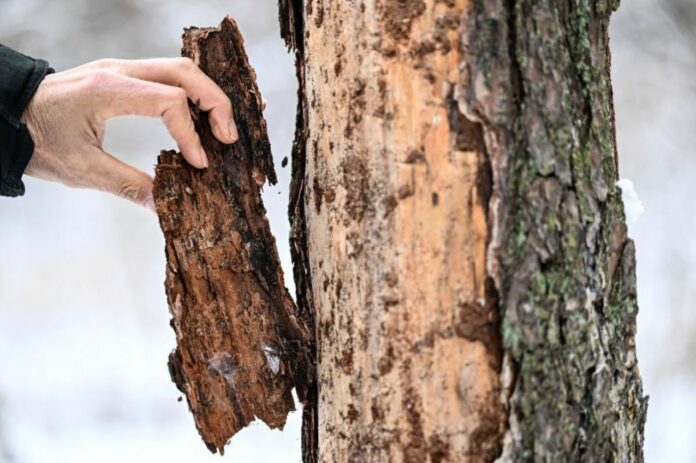Contrary to previous assumptions, a new study has found that tropical forests recovering from logging can be sources of carbon for years afterwards.
According to a new study led by researchers at Imperial College London, tropical forests recovering from logging may actually release more carbon than they absorb due to the carbon released by soil and rotting wood.
This contradicts the previously held belief that these forests act as carbon absorbers as new trees grow quickly.
The findings emphasize the importance of implementing logging practices that minimize damage to the environment in order to improve the sustainability of the industry.
The research, which was conducted as part of the SAFE Project’s Stability of Altered Forest Ecosystem (SAFE) Project and tracked carbon in Malaysian Borneo forests, was just published in Proceedings of the National Academy of Sciences.
The findings of the study “show that for the tropical forest we studied, logged areas are a source of carbon even a decade after logging has occurred.”
The findings of the study “show that for the tropical forest we studied, logged areas are a source of carbon even a decade after logging has occurred.”
“A lot of the carbon released in recovering forests is from collateral damage – trees that have died as a result of damage during the logging operations left to rot, and from disturbed soil,” remarks lead author Dr. Terhi Riutta.
“Logged forests still have value – we know they have a unique biodiversity – so making sure they are also not releasing extra carbon through better logging practices will boost their sustainability.”
In the past, many studies of recovering forests focused on how fast trees grew to figure out how much carbon they took out of the air.
In order to determine the carbon budget from the entering and outgoing carbon fluxes for logged and unlogged (old-growth) forests, the new research also evaluated how much carbon was flowing from the ground (soil and dead wood).
The study’s logged forest plots had been logged at varying intensities throughout the preceding decades. These readings were collected from 2011-2017.
Researchers utilized a portable carbon dioxide detector to test patches of ground and pieces of deadwood in multiple plots periodically over the course of many years to determine the amount of carbon emitted from the ground.
In order to determine whether the forest was a net source or sink of carbon, the team had also constructed a 52-meter-tall tower above the forest canopy to continually monitor the “flux” of carbon into and out of the forest.
They found that areas of forest that haven’t been cut down are usually carbon neutral, but areas of tropical forest that have been moderately or heavily cut down are a carbon source.
They calculate that moderately logged plots have an average carbon source of 1.75 +/- 0.94 tonnes per hectare and substantially degraded plots have an average carbon source of 5.23 +/- 1.23 tonnes per hectare, with emissions persisting at these rates for at least ten years following logging.
Source: 10.1073/pnas.2214462120
Image Credit: Britta Pedersen/picture alliance via Getty Images
